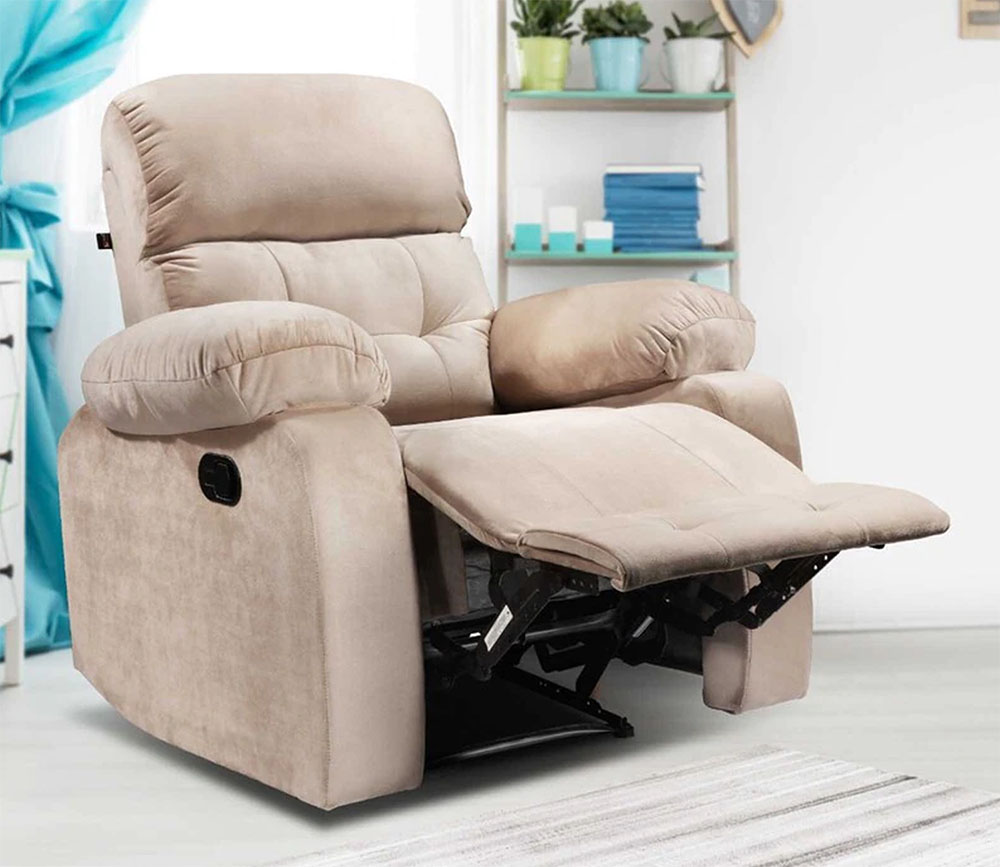
Lower back pain is a common issue that affects millions of people worldwide. Did you know that around 80% of adults experience lower back pain at some point in their lives?
With such a high prevalence, it’s no wonder people are constantly looking for ways to alleviate their discomfort. One popular option is the recliner chair, known for offering comfort and relaxation. But can recliners cause lower back pain?
In this blog post, we’ll explore the pros and cons of using recliners and provide tips on how to choose the right recliner to avoid back pain.
Related search terms: can recliner cause lower back pain, back support for recliner chair, back pain recliner.
Understanding Lower Back Pain
What is Lower Back Pain?
Lower back pain is a common condition affecting the bottom segment of the spine. It involves discomfort that can vary from mild to severe, often manifesting as a sharp pain, a dull ache, or persistent stiffness. This condition can arise from multiple factors, including injuries to muscles, ligaments, or the spinal structure, as well as from underlying medical conditions.
Statistics on Lower Back Pain
Lower back pain is a widespread issue. According to the American Chiropractic Association, about 31 million Americans experience lower back pain at any given time.
Additionally, it is one of the leading causes of missed workdays and job-related disability. These statistics highlight the significance of understanding and addressing lower back pain.
Key Symptoms and Effects
Muscle stiffness and reduced mobility.
Sharp or dull pain that may worsen with movement.
Difficulty performing daily tasks due to pain or discomfort.
Common Causes of Lower Back Pain
Muscle or ligament strains from heavy lifting or awkward movements.
Degenerative conditions such as osteoarthritis.
Structural spinal issues like herniated discs or sciatica.
Less commonly, conditions like kidney stones or infections.
The Role of Recliners in Back Health
Common Features of Recliners
Modern recliners come with a range of features, including adjustable positions, lumbar support, and padded cushioning. These features aim to enhance comfort and provide adequate support for the body. Adjustable positions allow users to find their preferred angle, while lumbar support helps maintain the natural curve of the spine.
Health Benefits of Recliners
Recliners play a significant role in promoting back health by providing:
They support the natural curve of the spine, which can alleviate stress on the back and reduce pain.
With adjustable settings, recliners allow individuals to find the optimal position to relax without straining the back.
Elevating the legs can help improve blood flow and reduce swelling, which is beneficial for overall health.
Who Benefits from Recliners?
Individuals suffering from back pain or undergoing recovery from spinal injuries.
People with limited mobility who need support to sit and stand comfortably.
Anyone looking to enhance their relaxation and relieve stress effectively.
Can Recliners Cause Lower Back Pain?
Poor Posture
One of the main reasons recliners can cause lower back pain is poor posture. When used improperly, recliners can lead to slouching or hunching, putting unnecessary strain on the lower back. It’s essential to maintain good posture while using a recliner to prevent discomfort.
Lack of Support
Not all recliners are created equal. Some models may lack adequate lumbar support, contributing to lower back pain. Proper lumbar support is crucial for maintaining the natural curve of the spine and preventing strain on the lower back muscles.
Extended Use
Spending extended periods in a recliner can also lead to lower back pain. Prolonged sitting can cause muscle stiffness and weaken back muscles over time. It’s important to take breaks, move around, and stretch regularly to prevent these issues.
Choosing the Right Recliner to Prevent Lower Back Pain
To prevent lower back pain, choose a recliner that offers excellent back support. Ensure it features adjustable lumbar support to maintain the spine’s natural curve and firm padding to promote proper posture. The recliner should fit your body size, allowing you to sit with your feet flat on the floor and your back fully supported. Additionally, look for neck support for recliner chairs to ensure comprehensive comfort. Investing in a recliner made from high-quality materials will also provide better durability and sustained comfort.
Tips for Using a Recliner Safely
Sit back with your feet flat and spine straight to avoid straining your lower back.
Find the angle that supports your lower back comfortably to reduce pressure on your spine.
Stand up and move every 30-60 minutes to keep muscles active and prevent stiffness.
Additional Tips for Back Health
Engage in exercises like Yoga, Pilates, and core strengthening routines. These activities enhance flexibility, improve posture, and support the spine’s natural alignment, reducing the risk of back pain.
Stay active, keep a healthy weight, and practice good posture. Regular physical activity and a balanced diet contribute to overall well-being and lower the chance of developing back issues.
Conclusion
In conclusion, while recliners can offer comfort and relaxation, they can also contribute to lower back pain if not used correctly. By understanding the potential risks and taking steps to choose the right recliner and use it properly, you can enjoy the benefits without compromising your back health. Remember to prioritize ergonomic features, maintain good posture, and incorporate regular breaks and exercise into your routine.
Leave a Reply